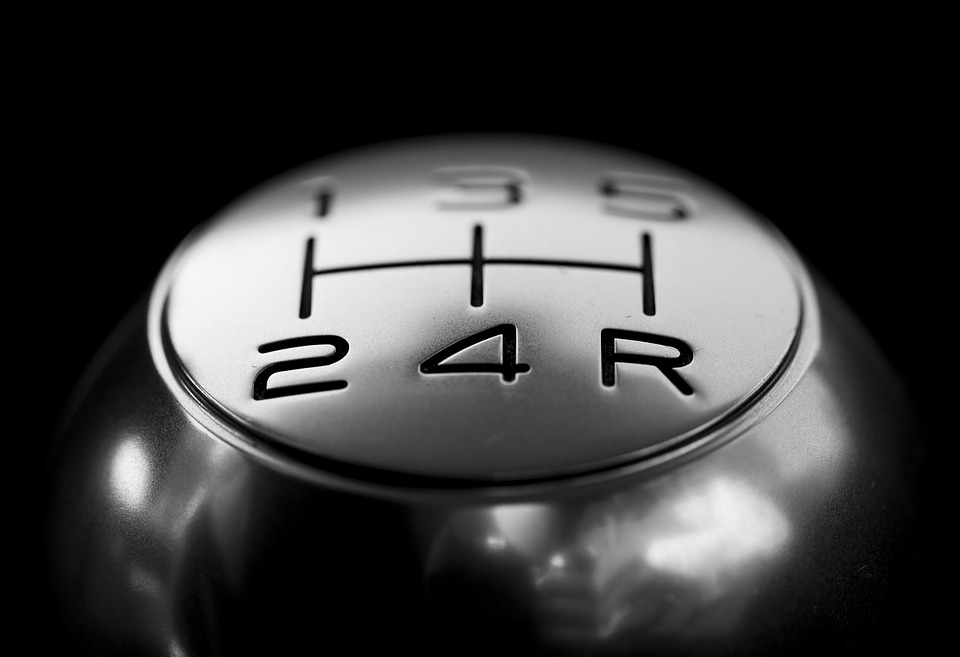Aftermarket vs OEM Parts: What's the Difference?
28th Apr 2017

When shopping for auto parts, you generally have one of two options: aftermarket or original equipment manufacturer (OEM). Whether it's a gear shift, spark plugs, brake pads, headlights, etc., most auto parts are available in these two types. So, what's the difference between aftermarket and OEM, and which should you choose?
OEM vs Aftermarket: the Basics
As the name suggests, OEM parts are manufactured by the original automaker. The automaker either produces the part themselves, or they hire an outside company to produce it and later slap their name on it. Either way, these OEM auto parts tend to cost more than their aftermarket counterpart.
Aftermarket auto parts, on the hand, are not made or otherwise associated with the automaker. They are made by independent third-party companies who produce and sell the parts, typically for less than OEM parts.
Benefits of Aftermarket Parts
The main benefit of buying aftermarket auto parts is the cost. While prices vary depending on the manufacturer, vendor, type of auto part, etc., you'll generally find aftermarket parts cost less than OEM. So if you're looking to upgrade your car or truck without spending a fortune on OEM parts, perhaps aftermarket is the right answer.
There's also a greater variety of aftermarket auto parts as opposed to OEM parts. You may only have a few options from which to choose when shopping for an OEM part. With aftermarket parts, however, you'll have more options.
Benefits of OEM Parts
Of course, there are also reasons to consider buying OEM auto parts. For starters, it's easier to find a specific part made by the original manufacturer as opposed to an aftermarket part of the same type. You can walk into an auto parts store, ask the attendant for the part, and he or she will point you in the right direction. Granted, the store may also carry aftermarket parts, though you can always count on the store carrying at least the OEM part.
While not always the case, OEM parts tend to offer a higher quality than aftermarket parts.
Hopefully, this gives you a better understanding of the differences between aftermarket and OEM auto parts. The key thing to remember is that OEM parts are made by the original automaker, while aftermarket parts are made by an independent third party.

